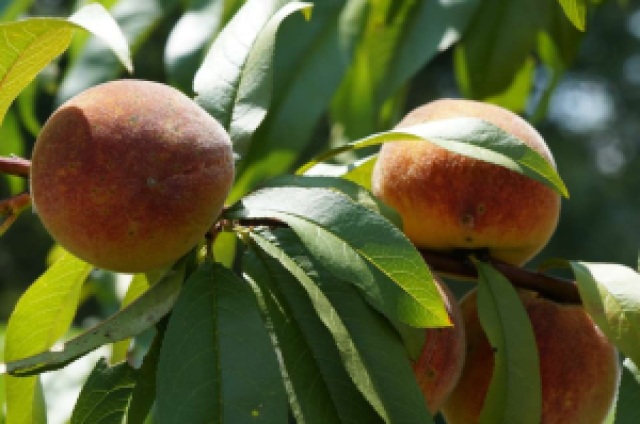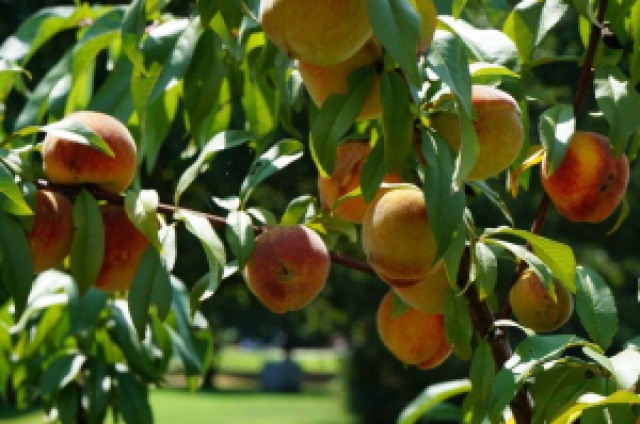After our visit to Century Farm Orchards, we went up to the land to plant and cage as many of our apple trees as we could before dark. Right now, we are planting a single row of apple trees along the long road that is the entrance to our land. As soon as we can get a patch of land cleared off (this has not gone as expected), we intend to plant our full orchard (3-5 trees at a time). The orchard will mostly consist of apple trees, but we also plan on peach, plum, and a couple of nut trees. We have already planted 5 trees at the house and 5 trees at the land. But still we are learning so much.
Preparing the Soil
Apple trees like a neutral pH (meaning 7). Around here our soil is naturally acidic and a hard clay. Be sure to test and know your soil to determine if you will need to amend. For us, this means we will need to add lime to raise our pH. Most lime available in garden centers is dolomitic lime. Dolomitic lime also contains magnesium. Over time an overabundance of magnesium can block the absorption of calcium. However, our NC clay is so nutrient deficient it may take a decade or more for that to occur. So for planting we will use a granular dolomitic lime. When digging the hole, put all of the dirt into a wheel barrow rather than on the ground next to the hole. Once the hole is dug, mix in the soil amendments (for us 2 to 3 Lbs of dolomitic lime) into the soil (clay) in the wheel barrow with a trowel or shovel. When we planted our first trees at the house I was concerned that we had done them an injustice by using the clay from the hole we dug. I thought it would be better for the trees to use a bought better quality soil, but we were too cheap to do that. However, what we learned from Anne Stomp on our visit to Century Farm Orchards is that it is best to use the native soil from the dug hole. A tree’s roots will become trained to the soil that it is planted in. If store bought soil is used to fill the hole, once the roots grow and reach the outer edge of the hole they will stop extending and begin to grow around as though it was potted because it does not recognize the soil. This circular growth of the roots will be a problem as the tree matures because the roots will not provide a proper strong foundation for the tree. A shallow root system may cause the tree to be damaged or completely uprooted in a storm. Also, if the roots are not extending out to reach available nutrients and water beyond the base of the tree, it may become under nourished over time. It is therefore best for the tree to become accustomed to the native soil from the time of planting so that it will continue to extend its roots further developing a strong root system. I was relieved to know that we inadvertently did the right thing when planting our first trees.
Continue reading “Tips for Planting Apple Trees” →












